Mengfan Zheng
WirelessGPT: A Generative Pre-trained Multi-task Learning Framework for Wireless Communication
Feb 08, 2025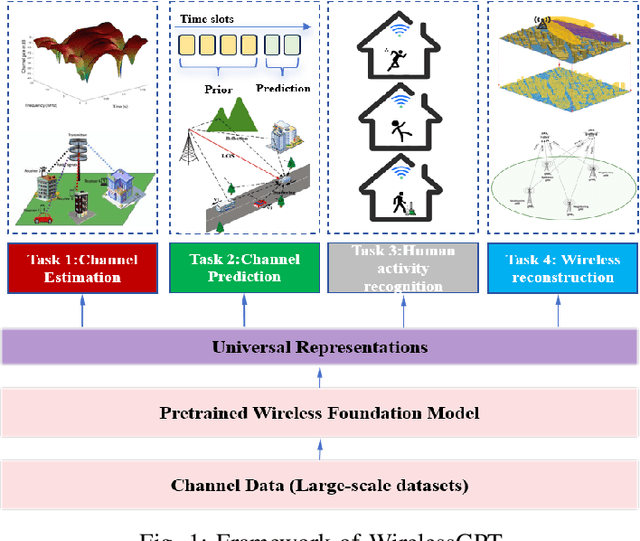
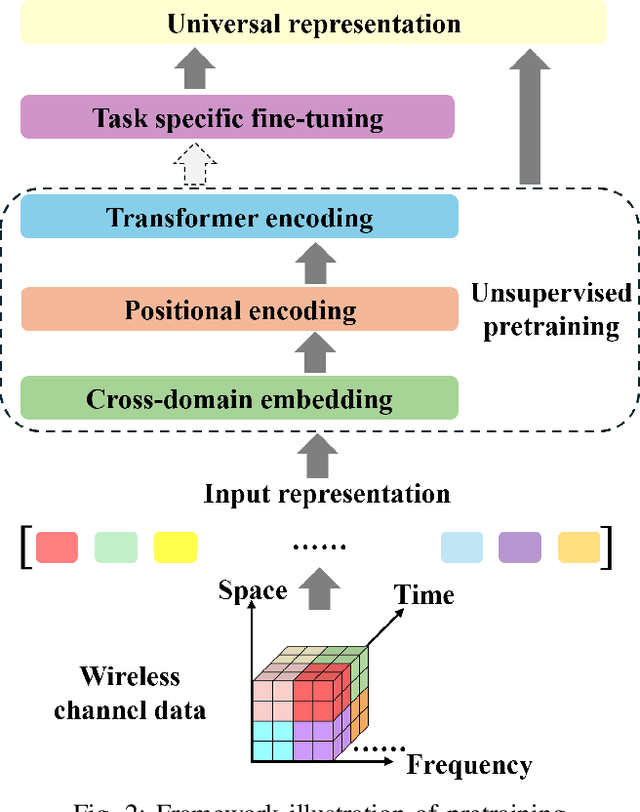
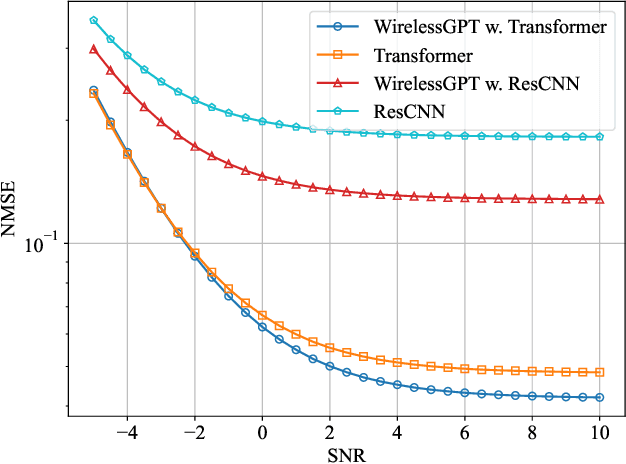
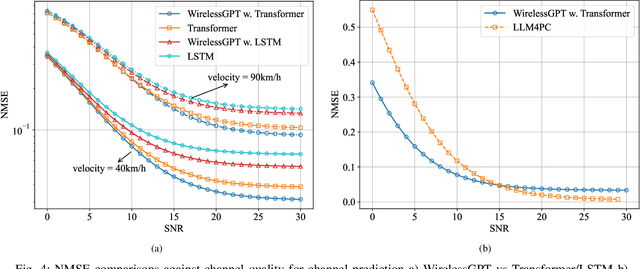
Abstract:This paper introduces WirelessGPT, a pioneering foundation model specifically designed for multi-task learning in wireless communication and sensing. Specifically, WirelessGPT leverages large-scale wireless channel datasets for unsupervised pretraining and extracting universal channel representations, which captures complex spatiotemporal dependencies. In fact,this task-agnostic design adapts WirelessGPT seamlessly to a wide range of downstream tasks, using a unified representation with minimal fine-tuning. By unifying communication and sensing functionalities, WirelessGPT addresses the limitations of task-specific models, offering a scalable and efficient solution for integrated sensing and communication (ISAC). With an initial parameter size of around 80 million, WirelessGPT demonstrates significant improvements over conventional methods and smaller AI models, reducing reliance on large-scale labeled data. As the first foundation model capable of supporting diverse tasks across different domains, WirelessGPT establishes a new benchmark, paving the way for future advancements in multi-task wireless systems.
Joint Device Detection, Channel Estimation, and Data Decoding with Collision Resolution for MIMO Massive Unsourced Random Access
Dec 17, 2021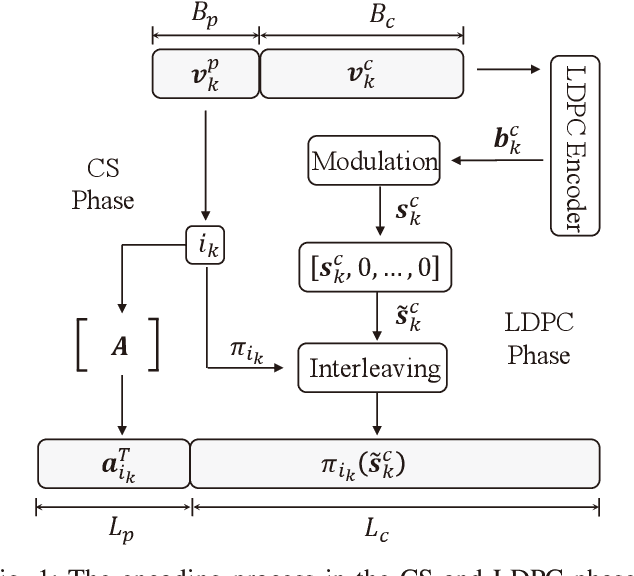
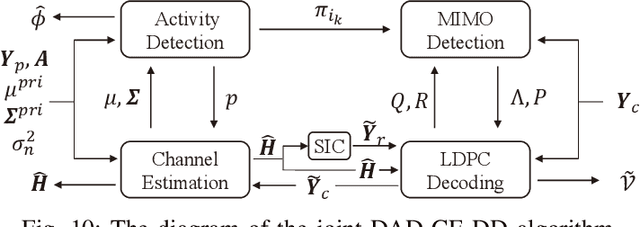
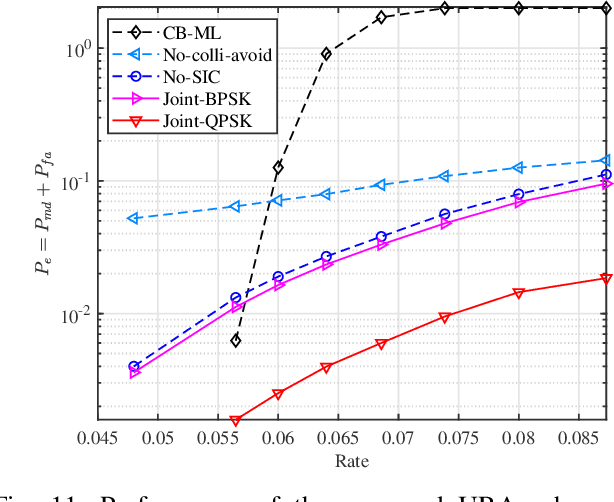

Abstract:In this paper, we investigate a joint device activity detection (DAD), channel estimation (CE), and data decoding (DD) algorithm for multiple-input multiple-output (MIMO) massive unsourced random access (URA). Different from the state-of-the-art slotted transmission scheme, the data in the proposed framework is split into only two parts. A portion of the data is coded by compressed sensing (CS) and the rest is low-density-parity-check (LDPC) coded. In addition to being part of the data, information bits in the CS phase also undertake the task of interleaving pattern design and channel estimation (CE). The principle of interleave-division multiple access (IDMA) is exploited to reduce the interference among devices in the LDPC phase. Based on the belief propagation (BP) algorithm, a low-complexity iterative message passing (MP) algorithm is utilized to decode the data embedded in these two phases separately. Moreover, combined with successive interference cancellation (SIC), the proposed joint DAD-CE-DD algorithm is performed to further improve performance by utilizing the belief of each other. Additionally, based on the energy detection (ED) and sliding window protocol (SWP), we develop a collision resolution protocol to handle the codeword collision, a common issue in the URA system. In addition to the complexity reduction, the proposed algorithm exhibits a substantial performance enhancement compared to the state-of-the-art in terms of efficiency and accuracy.
 Add to Chrome
Add to Chrome Add to Firefox
Add to Firefox Add to Edge
Add to Edge